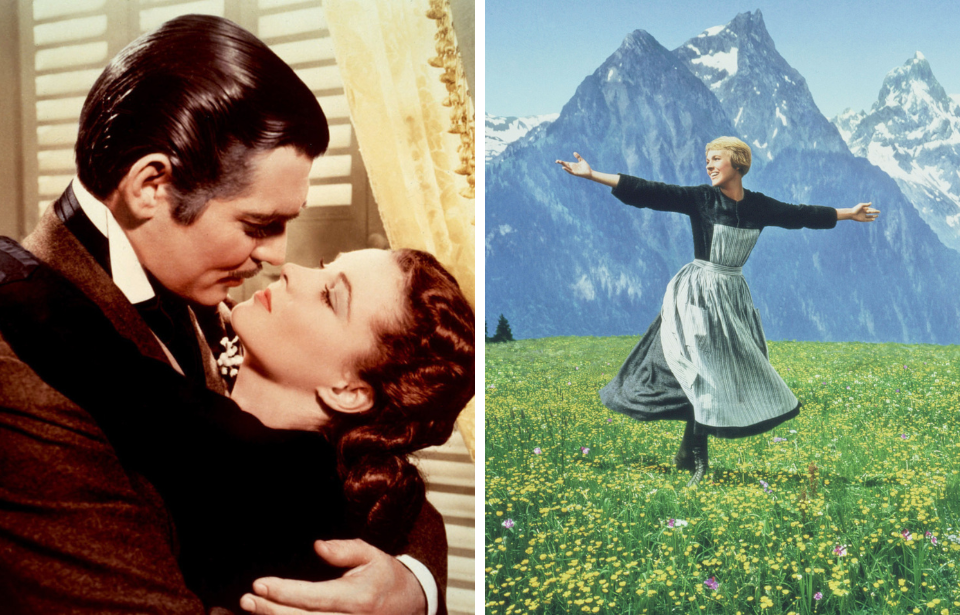In recent years, we have had the opportunity to see sequels to films made many years ago and, in other cases, remakes of some Hollywood classics. Top Gun: Maverick (2022) and Dune (2021) are just two examples that saw audiences excited to watch what could be as good or even better than the original. In some cases, fans loved the new films, but for some, the original will always be the best.
Here are five films that are far too good to remake.
Gone with the Wind (1939)
Gone with the Wind is a classic American film released in 1939, based on the Pulitzer Prize-winning novel of the same name by Margaret Mitchell. Directed by Victor Fleming and produced by David O. Selznick, the movie is widely regarded as one of the greatest and most beloved in cinematic history. Set against the backdrop of the American Civil War and its aftermath, Gone with the Wind tells a sweeping and epic tale of love, loss, and survival.
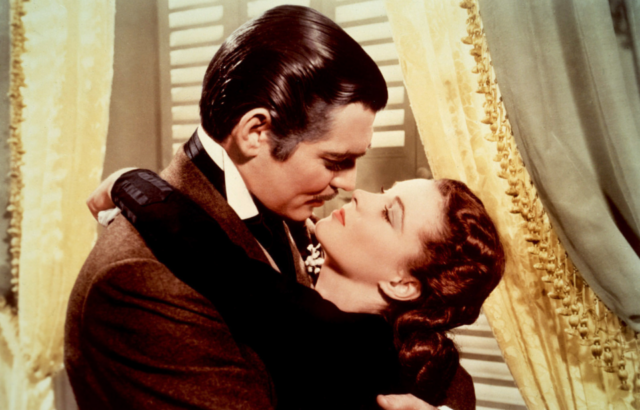
Starring Clark Gable and Vivien Leigh, Gone with the Wind beautifully captures the grandeur and tragedy of the Civil War era, showcasing stunning cinematography, elaborate costumes, and memorable performances. Despite its length of nearly four hours, Gone with the Wind continues to captivate audiences with its compelling storytelling, lavish production values, and complex characters. It remains a timeless cinematic masterpiece that has left an indelible mark on the history of film.
For anyone who thinks Gone with the Wind should be remade, we only have one thing to say. “Frankly, my dear, I don’t give a damn.”
The Wizard of Oz (1939)
The Wizard of Oz is a beloved fantasy musical film released in 1939, based on L. Frank Baum’s children’s novel The Wonderful Wizard of Oz. The movie has become an enduring classic and a cultural icon known for its enchanting story, memorable characters, and timeless songs.
The film follows the adventures of a young girl named Dorothy Gale, portrayed by Judy Garland. Dorothy resides on a farm in Kansas but dreams of a more exciting and colorful life somewhere over the rainbow. When a tornado strikes her home, Dorothy, along with her loyal dog Toto, is whisked away to the magical Land of Oz.
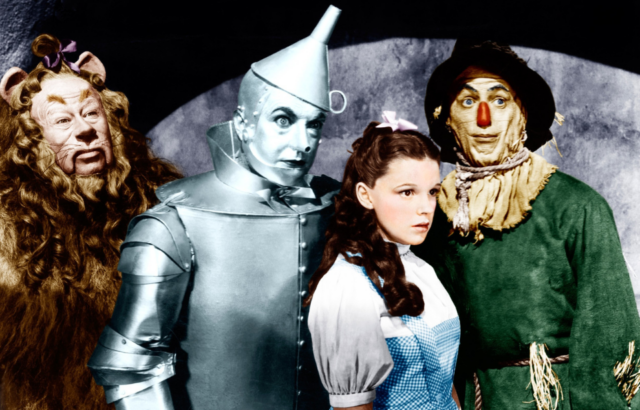
The Wizard of Oz is widely acclaimed for its groundbreaking use of Technicolor, which allows for a stark contrast between the black-and-white Kansas sequences and the vibrant, otherworldly visuals of Oz. The film’s musical numbers, including the iconic “Over the Rainbow” performed by Judy Garland, have become timeless classics, enchanting audiences of all ages.
The film continues to captivate generations with its magical storytelling, colorful characters, and timeless themes of self-discovery and the longing for home. It has remained a cherished film that has touched the hearts of millions, cementing its place as a true cinematic masterpiece – which is more than enough of a reason not to remake it.
It’s a Wonderful Life (1946)
It’s a Wonderful Life is a heartwarming and critically acclaimed film released in 1946. Often considered a holiday classic, the movie tells a poignant story about the value of life, the impact of one person’s actions, and the power of community.
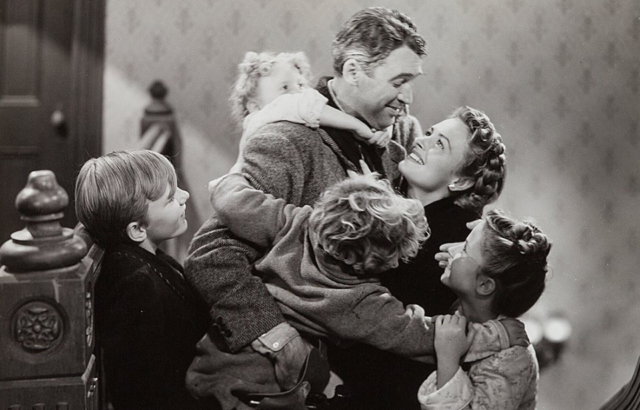
The film centers around George Bailey, played by James Stewart, a compassionate and selfless man who has spent his entire life in the small town of Bedford Falls. As George faces numerous challenges and sacrifices to help others, he finds himself on the brink of despair and contemplating ending his life on Christmas Eve. At this critical moment, his guardian angel, Clarence Odbody (Henry Travers), intervenes and shows him what life would have been like if he had never been born.
It’s a Wonderful Life beautifully captures the essence of the human experience, exploring themes of love, friendship, sacrifice, and the interconnectedness of individuals within a community. The story emphasizes the power of everyday actions and highlights the profound effect one person can have on the lives of others.
The film’s enduring popularity can be attributed to its compelling storytelling, memorable characters, and its ability to evoke a wide range of emotions. It reminds viewers of the importance of family, love, and the value of every individual’s contributions to the world around them.
The Sound of Music (1965)
The Sound of Music is a beloved musical film released in 1965, directed by Robert Wise. Based on the Broadway musical of the same name, the film tells the inspiring story of the von Trapp family and their musical adventures against the backdrop of German-occupied Austria.
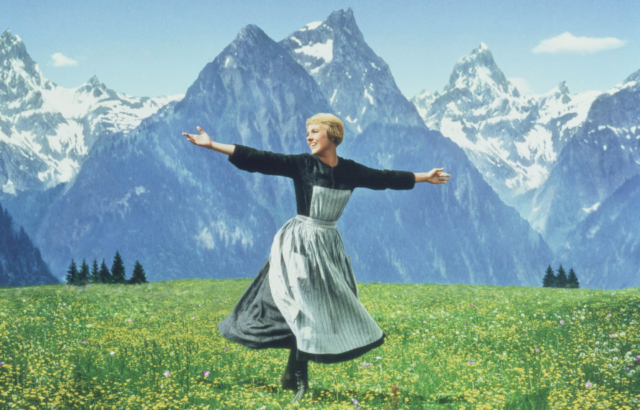
The film is renowned for its enchanting musical numbers, including iconic songs such as “Do-Re-Mi,” “My Favorite Things,” and the title song, “The Sound of Music.” These memorable tunes, composed by Richard Rodgers with lyrics by Oscar Hammerstein II, have become cherished classics that have transcended generations.
The film also showcases the picturesque landscapes of Austria, including the famous scenes filmed in Salzburg and the surrounding Alps. The cinematography captures the beauty of the natural surroundings, providing a visually stunning backdrop for the story.
The Sound of Music continues to be cherished by audiences worldwide, captivating viewers with its heartwarming story, dazzling musical numbers, and timeless messages. Its enduring popularity has made it one of the most beloved and successful musical films ever made.
The Princess Bride (1987)
The Princess Bride is a beloved fantasy adventure film released in 1987. Directed by Rob Reiner, the film was adapted from William Goldman’s novel of the same name. The movie weaves together elements of romance, comedy, and swashbuckling action, creating a charming and memorable story that has captivated audiences for decades.
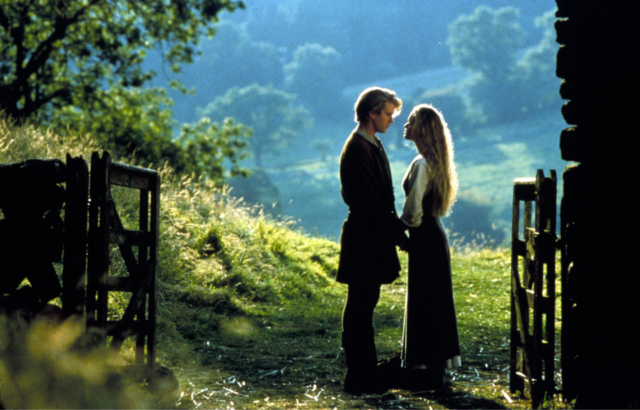
The Princess Bride is known for its witty and quotable dialogue, which is filled with memorable lines such as “Hello. My name is Inigo Montoya. You killed my father. Prepare to die.” The film masterfully blends romance, comedy, and adventure, appealing to audiences of all ages.
What sets The Princess Bride apart is its self-awareness and meta-narrative. The movie frequently breaks the fourth wall, with the young boy and his grandfather commenting on the story as it unfolds, adding an additional layer of charm and humor.
More from us: Costume and Prop Fails in Movies That Left Audiences Scratching Their Heads
The film’s enduring popularity can be attributed to its ability to simultaneously spoof and pay homage to traditional fairy tales and adventure stories. It embraces both the tropes and the spirit of classic adventure tales while infusing them with a modern sensibility. Who would want to possibly ruin that by making a remake?
